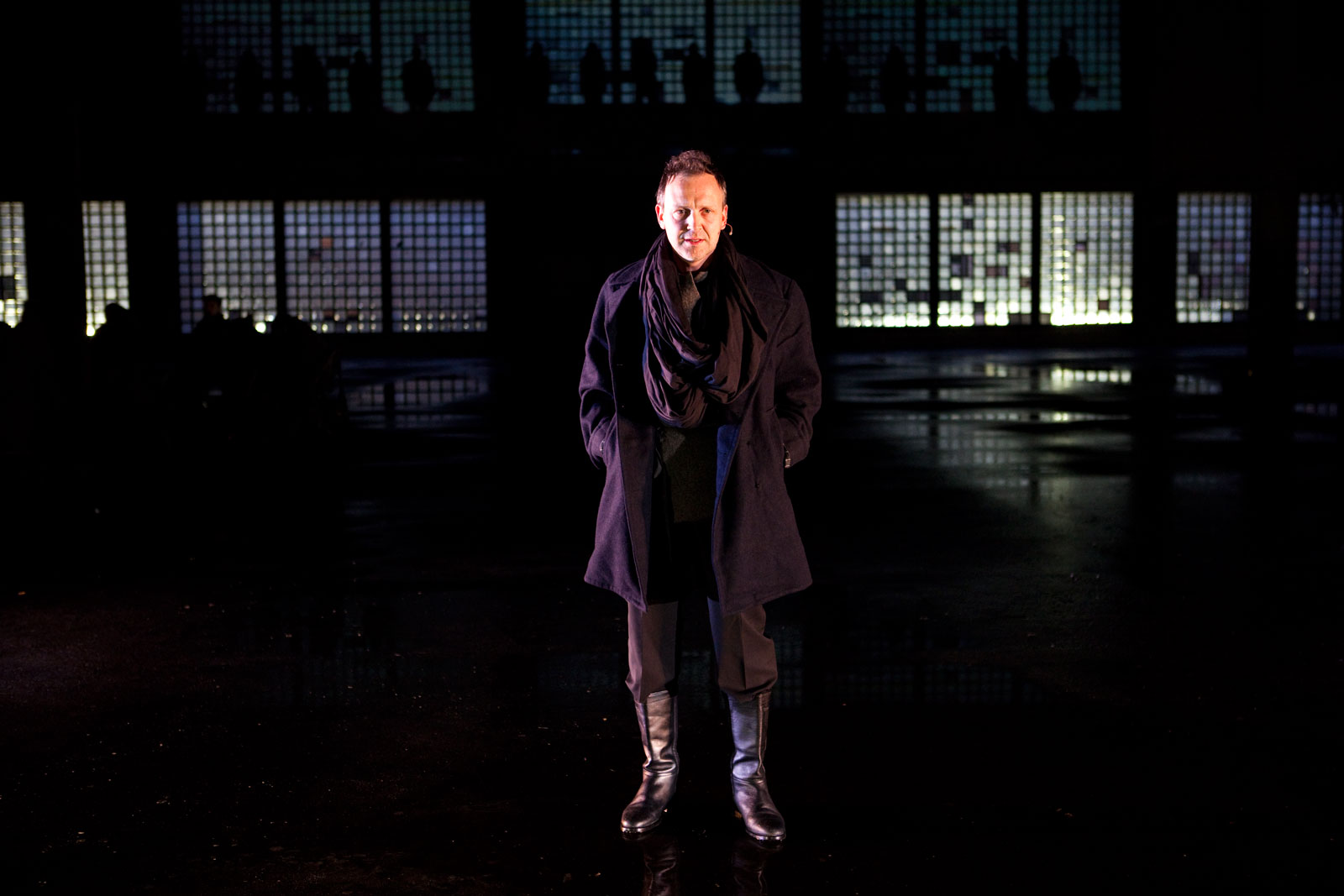The Oresteia is the only integrally
preserved trilogy in the oeuvre of the great ancient Greek tragedy writers. It is
also the last and greatest work by Aeschylus – great in many senses. The
Oresteia deals with three murders, three culprits, their demons, their fate,
and their morally laden choices. The vicious circle of the vendetta is broken.
And the principle of ‘an eye for an eye, a tooth for a tooth’ makes way for a
different form of justice, in which the court of justice is the keeper of
order. Starting from the idea that was later concisely summarized as ‘know
thyself’, man is challenged to discard the blinders of self-righteousness, and
to see and acknowledge his own dark sides as a condition to ensure the dynamics
of life.
In
Agamemnon, king Agamemnon returns
home from the Trojan War a victor. Upon his return, he is murdered in his
bathtub by his wife Clytemnestra. She has been bent on revenge for years
because he sacrificed their daughter Iphigenia ten years earlier – it was only
by that sacrifice that the Greek army got wind in their sails, while they were
heading for Troy. But Agamemnon got his head stuck in the noose of fate.
In
The Libation Bearers, the grown
Orestes, son of Agamemnon and Clytemnestra, returns to Argos. He as well, is
faced with an impossible dilemma: he must avenge his father – that is his duty
– but he can only do so by killing his mother and thereby offending the most
sacred commands of the Gods. Orestes also embraces his fate. The deities of
vengeance appear on the scene to hound Orestes. He seeks protection with
Apollo.
In
The Kindly Ones, Orestes and his defender Apollo bring their case before a
court in Athens, presided by the goddess Athena herself. The question is:
should Orestes pay for the death of his mother with his own life? Or should he
be acquitted so the circle of vengeance is broken? What follows is the first
court drama in western literature. The constitutional state – or an early
version thereof – is born.
De
Roovers took their time for a thorough analysis and composed consideration. We
made some fundamental choices and this made for an unconventional adaptation,
in which the outlines of the original – Aeschylus, in Ted Hughes’ adaptation
and translated by Berard Dewulf – were preserved, but were complemented with
material of other writers: Jonathan Littell, Albert Camus, … The relevance of
the text was in this way reinforced, Aeschylus’ questions were accentuated.
When is violence justified? Who is responsible for the violence? When is war
really over? What is justified in times of war? For how long does a trauma keep
festering within a family and how many generations must be confronted with
this?
Spaepen
composed tranquil and emotionally charged choir parts in a soundscape by Eric
Engels. The ancient Greek choir was subdivided into: a speaker who describes
and comments on the events as a reporter, and a choir that observes the tragic
events from a distance and expresses dormant sentiments without judgement. The
monumental space remained completely empty, save for one concrete block up
front, three projectors which projected pictures of live performances taken by
Stef Stessel on the rear wall. Small and vulnerable actors and singers in a
space which accurately translated the underlying world view.
Oresteia started
as a on-site project, it premiered at the Slachthuis in Antwerp, and it was
later resumed at an abandoned industrial property in Turnhout (in collaboration
with CC De Warande and CC De Werft) and in Ghent (in collaboration with
C-Mine). In March 2015 however, de Roovers made a playhouse version for the
KVS_BOL and performed the tragedy for a full house three times.
translation: Ted Hughes and Bernard Dewulf
actors: Robby Cleiren, Sara De Bosschere, Luc Nuyens, Sofie Sente, Ilse
Uitterlinden, Jeroen Vander Ven / Reindert Vermeire
composition & musical direction: Peter Spaepen
choir: Kurt
Beheydt / Kobe Bayens, Peter Pype, Eva Tulkens, Iris Berardocco, Fré Madou,
Sara Raes, Valerie Mertens, Floris Lammens, Astrid Annicaert
set design: Stef Stessel
costume design: Lieve Pynoo
lighting design: Bert Vermeulen
soundscape & sound effects: Eric Engels

Ellada Evangelou